Table of content
- Flour: The Structural Backbone
- Sugars: Sweetness and Beyond
- Fats: Butter, Oil, and Shortening
- Leavening Agents: The Rise of Cookies
- Eggs: Binding and Emulsifying
- Flavorings and Add-Ins
- Preparing the Dough
- Chilling the Dough
- Shaping Cookies
- Baking Techniques
- Cooling and Storing
- Flavor Profiles
- Textural Contrasts
- Dietary Adaptations
- Decorative Techniques
Introduction
Cookies, those small, sweet, and utterly irresistible baked goods, have captured the hearts and taste buds of people across the globe for centuries. From chewy chocolate chip delights to crisp sugar cookies and buttery shortbread, the variety seems endless. Yet, beneath this diversity lies a fascinating science and a timeless artistry. Understanding how cookies are made—from selecting ingredients to mastering baking techniques—empowers both novice bakers and seasoned chefs to create treats that balance texture, flavor, and aesthetics. This article delves into the intricate process of cookie making, exploring the role of each ingredient, the chemistry of baking, and the nuanced techniques that transform simple dough into edible works of art.
The Foundations of Cookie Making: Ingredients and Their Roles
Every cookie recipe begins with a carefully curated list of ingredients, each serving a distinct purpose. Mastering the interplay of these components is the first step toward achieving cookie perfection.

Flour: The Structural Backbone
Flour is the foundation of most cookies, providing structure through gluten—a protein network formed when flour is mixed with liquid. All-purpose flour is the most common choice, offering a balance of protein (typically 10-12%) that yields tender yet sturdy cookies. Cake flour, with its lower protein content, results in softer, more delicate textures, while bread flour’s higher protein creates chewier cookies. For gluten-free options, alternatives like almond flour, rice flour, or oat flour can be used, though they often require additional binders like xanthan gum to mimic gluten’s structure.
Sugars: Sweetness and Beyond
Sugars do more than add sweetness; they influence texture, moisture, and browning. Granulated sugar contributes to crisp edges and uniform spreading, while brown sugar—with its molasses content—adds moisture, chewiness, and a caramel-like flavor. Powdered sugar, often used in delicate cookies like shortbread, dissolves quickly, creating a tender crumb. The ratio of sugars can drastically alter a cookie’s profile: a higher proportion of brown sugar yields a softer, denser cookie, while more granulated sugar promotes crispiness.
Fats: Butter, Oil, and Shortening
Fats are crucial for flavor, tenderness, and texture. Butter, the most common fat, imparts a rich, dairy-rich taste and contributes to spreading during baking. Its water content also aids in gluten development, though excessive mixing can lead to toughness. Vegetable shortening, with its higher melting point, results in taller, puffier cookies with less spreading. Oil, often used in vegan or health-conscious recipes, yields softer, moister cookies but lacks the flavor complexity of butter.
Leavening Agents: The Rise of Cookies
Leaveners like baking soda (sodium bicarbonate) and baking powder introduce carbon dioxide, creating air pockets that lighten the dough. Baking soda, a base, reacts with acidic ingredients (e.g., brown sugar, molasses) to produce gas, while baking powder contains both an acid and a base, activating when moisture is added. Overusing leaveners can cause cookies to collapse or develop a soapy aftertaste, while underusing them results in dense, flat discs.
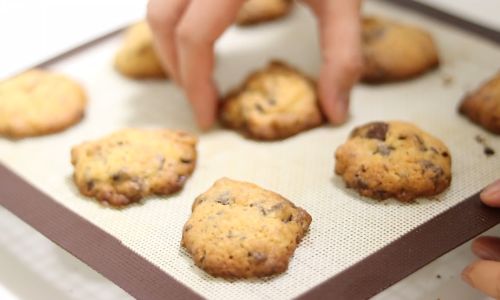
Eggs: Binding and Emulsifying
Eggs serve multiple roles: they bind ingredients, add moisture, and contribute to structure. Egg yolks, rich in fat and emulsifiers, enhance richness and tenderness, while egg whites provide protein for structure and can be whipped for leavening (e.g., in meringue cookies). Flax eggs or applesauce can replace eggs in vegan recipes, though they may alter texture.
Flavorings and Add-Ins
Vanilla extract, salt, spices, and mix-ins like chocolate chips, nuts, or dried fruit elevate cookies from simple to spectacular. Salt enhances sweetness and balances flavors, while spices like cinnamon or ginger add depth. Mix-ins should be folded in gently to avoid overmixing, which can toughen the dough.
Equipment Essentials: Tools of the Trade
Baking cookies requires minimal specialized equipment, but the right tools can streamline the process and ensure consistency.
- Mixing Bowls: Stainless steel or glass bowls for combining ingredients.
- Measuring Tools: Precision is key—use dry measuring cups for flour/sugar and liquid measures for wet ingredients. A kitchen scale ensures accuracy.
- Baking Sheets: Heavy-duty, rimmed sheets distribute heat evenly and prevent burning. Parchment paper or silicone mats prevent sticking.
- Mixers: A stand mixer with a paddle attachment or a hand mixer simplifies creaming butter and sugar, though a whisk and elbow grease work in a pinch.
- Cooling Racks: Allow cookies to cool evenly without steaming on the hot tray.
- Cookie Scoops: Ensure uniform size and shape, leading to even baking.
The Cookie-Making Process: Step by Step
Preparing the Dough
- Creaming Method: The most common technique involves creaming softened butter and sugar until light and fluffy. This incorporates air, contributing to leavening and a tender crumb. Overmixing can over-aerate the dough, causing cookies to spread too much.
- Adding Wet Ingredients: Eggs are mixed in one at a time, ensuring emulsification. Vanilla or other extracts follow.
- Incorporating Dry Ingredients: Flour, leaveners, and salt are added gradually, mixed until just combined to avoid gluten overdevelopment.
- Folding in Mix-Ins: Chocolate chips or nuts are folded in gently to preserve texture.
Chilling the Dough
Chilling dough firms the fat, reducing spreading during baking. It also intensifies flavors and allows dry ingredients to hydrate fully. For cut-out cookies, chilled dough is easier to roll and cut.

Shaping Cookies
- Scooping: Use a cookie scoop for uniform balls.
- Rolling and Cutting: For shaped cookies, roll dough to a consistent thickness and use cutters.
- Drop Cookies: Simply drop dough onto the baking sheet using a spoon or scoop.
Baking Techniques
- Oven Temperature: Most cookies bake at 350–375°F (175–190°C). Higher temps set the structure quickly, limiting spread.
- Preheating: Essential for even baking.
- Baking Time: Check cookies 2–3 minutes before the recipe’s suggested time. Cookies are done when edges are golden and centers are set (slightly underbaked for chewy cookies).
- Rotation: Rotate baking sheets halfway through for even browning.
Cooling and Storing
- Cooling Racks: Transfer cookies immediately to prevent steaming.
- Storage: Airtight containers preserve freshness. Chewy cookies may soften crisp ones if stored together.
Troubleshooting Common Cookie Conundrums
Even experienced bakers encounter hiccups. Here’s how to fix them:
-
Cookies Spread Too Much:
Cause: Butter was too soft, dough wasn’t chilled, or too much sugar.
Fix: Use cold butter, chill dough, or reduce sugar. -
Cookies Are Cakey:
Cause: Overmixing, too much leavener, or excess flour.
Fix: Mix until just combined, reduce baking powder, or measure flour accurately. -
Cookies Are Dry:
Cause: Overbaking or too much flour.
Fix: Shorten baking time, or add a tablespoon of milk to the dough.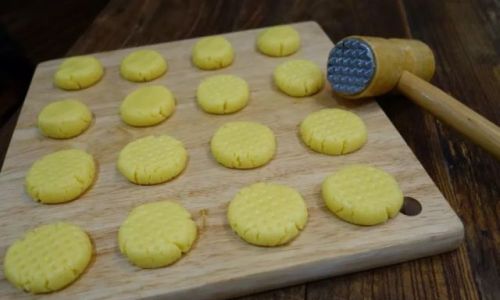
-
Cookies Burned on the Bottom:
Cause: Oven too hot or dark baking sheets.
Fix: Lower temperature, use lighter sheets, or double-up pans.
Creative Variations and Advanced Techniques
Once the basics are mastered, experimentation begins. Here are ways to elevate your cookies:
Flavor Profiles
- Spices: Add cinnamon, cardamom, or chili powder for warmth.
- Extracts: Almond, peppermint, or orange zest can transform classic recipes.
- Browned Butter: Cooking butter until nutty-brown adds depth.
Textural Contrasts
- Stuffed Cookies: Sandwich ice cream, Nutella, or caramel between two cookies.
- Crispy Edges, Soft Centers: Adjust baking time and sugar ratios.
- Lace Cookies: Use minimal flour and high sugar content for delicate, lacy edges.
Dietary Adaptations
- Gluten-Free: Substitute flour with almond or oat flour; add xanthan gum.
- Vegan: Use flax eggs, coconut oil, or dairy-free chocolate.
- Keto: Replace sugar with erythritol and flour with almond meal.
Decorative Techniques
- Icing: Royal icing hardens for intricate designs.
- Sprinkles: Add before baking for adhesion.
- Chocolate Drizzle: Melt chocolate and pipe over cooled cookies.
The Science Behind the Sweetness
Cookie making is a dance of chemistry and physics. Understanding these principles allows for intentional adjustments:
- Maillard Reaction: The browning of sugars and proteins at high temps creates flavor and color.
- Crystallization: Sugar’s role in texture—fine crystals (powdered sugar) yield tenderness, while coarse crystals (turbinado) add crunch.
- Gluten Development: Overmixing creates tough cookies; undermixing leads to crumbly ones.
- Fat Melting: Butter’s melting point determines spread—higher-melting fats (e.g., shortening) resist spreading.
Conclusion: The Joy of Baking
Cookie making is both an exacting science and a creative outlet. It rewards patience, precision, and a willingness to experiment. Whether you’re a purist adhering to a cherished family recipe or an innovator blending unexpected flavors, the process of combining simple ingredients into something magical is deeply satisfying. So preheat your oven, don your apron, and embark on a journey of dough, heat, and sweetness—one batch of cookies at a time.

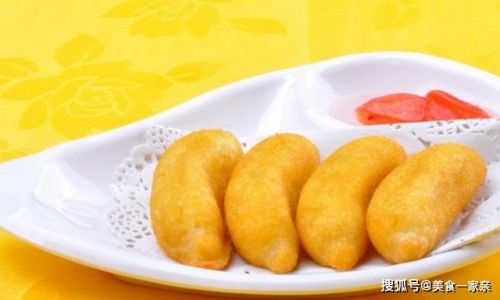
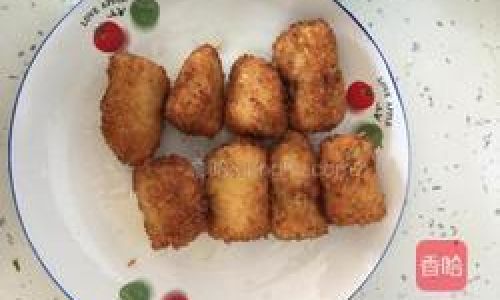
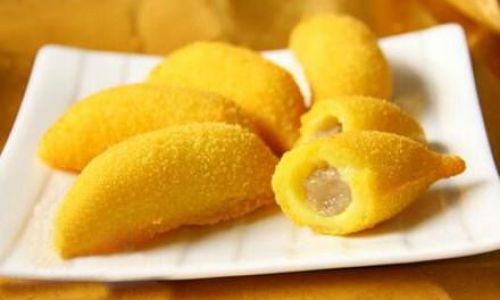
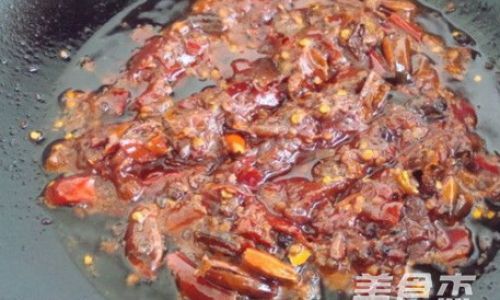
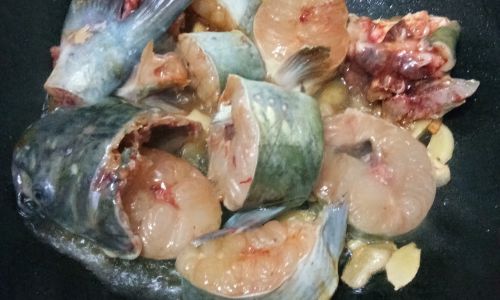
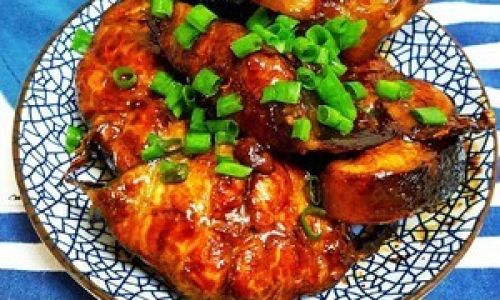
0 comments